Your living room is the heart of your home, a space where you unwind, connect with loved ones, and recharge. But have you ever considered how the arrangement and design of this space can impact your overall well-being? Welcome to the world of feng shui, an ancient Chinese practice that harnesses the power of energy flow to create harmony and balance in your living environment. In this article, you’ll discover 15 expert feng shui tips to transform your living room into a sanctuary of positivity and serenity.
What is Feng Shui?
Feng Shui, a traditional Chinese practice, is a system of arranging your environment to enhance the flow of vital life energy, or “chi.” It involves the placement of objects, colors, and elements in a way that creates harmony and balance. By adhering to feng shui principles, you can achieve a more positive and harmonious atmosphere in your living room.
How can feng shui improve the energy flow in your living room?
There are many ways to use feng shui to improve the energy flow in your living room. Here are a few tips:
- Place your furniture in the commanding position. The commanding position is the area of the room where you can see the door without being seen from the door. It is considered to be the most auspicious position in the room.
- Avoid placing sharp objects or mirrors in the center of the room. Sharp objects and mirrors can create negative energy.
- Use natural materials, such as wood, stone, and plants. Natural materials help to promote positive energy.
- Keep the space clear and uncluttered. Clutter can block the flow of energy.
- Use soft lighting to create a relaxing atmosphere. Soft lighting can help to create a sense of peace and tranquility.
- Add some plants to the room. Plants help to cleanse the air and promote positive energy.
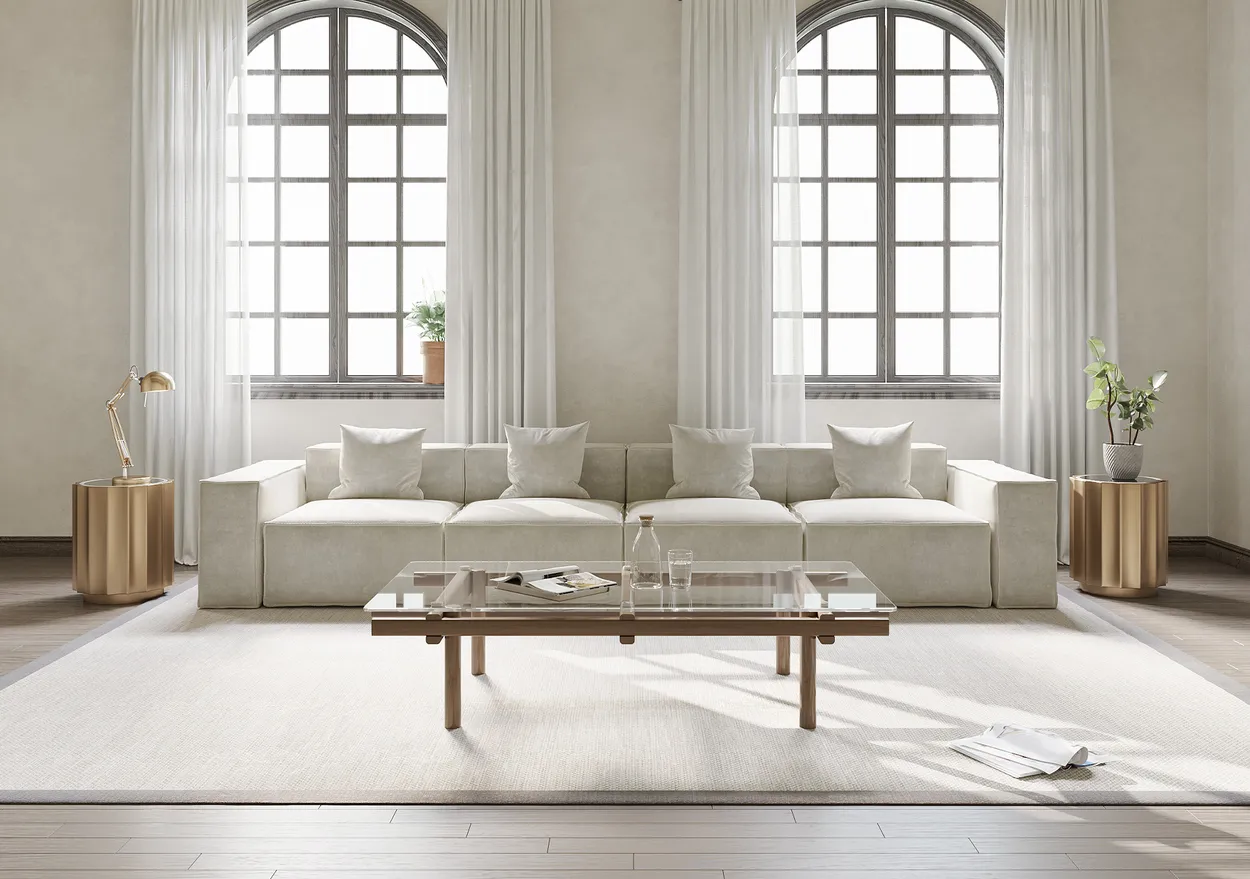
How does furniture placement impact feng shui in your living room?
Furniture placement plays a crucial role in Feng Shui for your living room. The strategic arrangement of furniture can either facilitate or hinder the flow of energy (chi). Properly placed furniture encourages the free movement of chi and creates a harmonious atmosphere. On the contrary, poorly arranged furniture can block energy flow and lead to stagnation or disharmony in your living room.
The general rules of feng shui living room furniture layout:
- The sofa should be placed in the commanding position. This will allow you to see the door without being seen from the door.
- The TV should not be placed opposite the door. This can create a sense of unease.
- Avoid placing furniture in front of windows. This can block the flow of natural light.
- Use asymmetrical furniture arrangements to create a balanced flow of energy.
- Place plants and flowers in strategic locations to help promote positive energy
What are the key principles of feng shui living room design?
Even though there are plenty of detailed principles of living room feng shui, those key rules must be followed:
- Balance: The furniture should be arranged in a balanced way, with no one area of the room feeling too heavy or too light.
- Flow: Furniture or other objects should not block the free flow of energy through the room.
- Harmony: The colors, textures, and shapes in the room should be in harmony with each other.
- Clarity: The room should be clear and uncluttered, so that the energy can flow freely.
- Purpose: Design the room to fulfill its intended purpose, whether it’s for relaxation, entertainment, or socializing.
15 Feng Shui Living Room Tips for Your Home
You are able to create a space that not only looks beautiful but also feels harmonious and positively energized. Embrace the power of feng shui and unlock the potential for a more balanced and fulfilling life right in your own home. Learn the 15 tips about how to feng shui your living room.
-
Declutter Your Space:
The first step to good feng shui is to clear out clutter. Remove unnecessary items, tidy up, and make space for positive energy to flow freely.
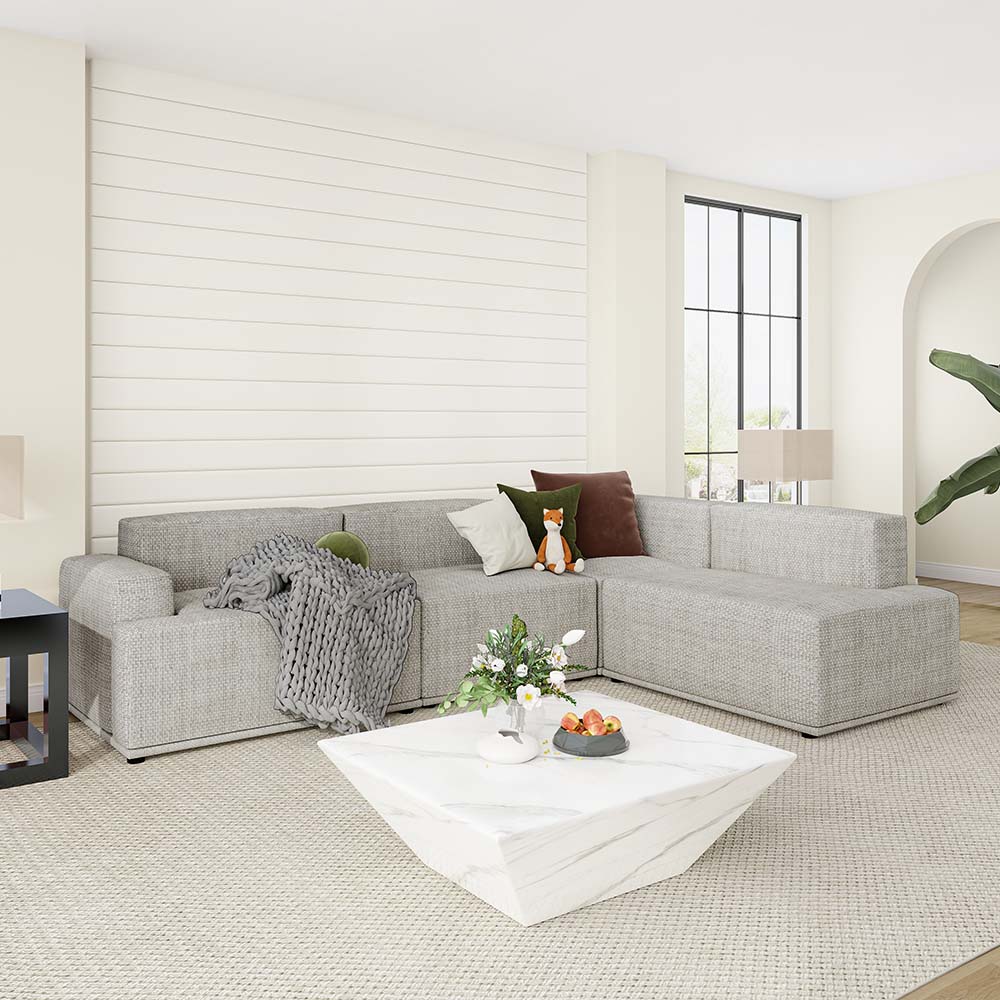
-
Balance the Furniture:
Arrange your furniture to promote conversation and comfort. Avoid blocking pathways and maintain a harmonious layout.
-
Choose Harmonious Colors:
Select colors that resonate with your intentions and the Bagua map. Each color carries its energy, so choose wisely to create the desired atmosphere.
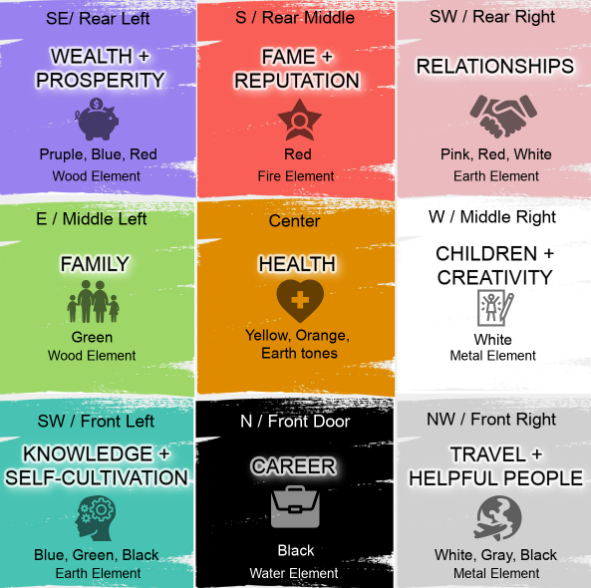
-
Incorporate the Five Elements:
Balance wood, fire, earth, metal, and water elements in your decor. Each element brings unique qualities and energy to your living room.

-
Position Mirrors Strategically:
Place mirrors to enhance energy flow, but be mindful of what they reflect. Avoid reflecting clutter or negative elements.
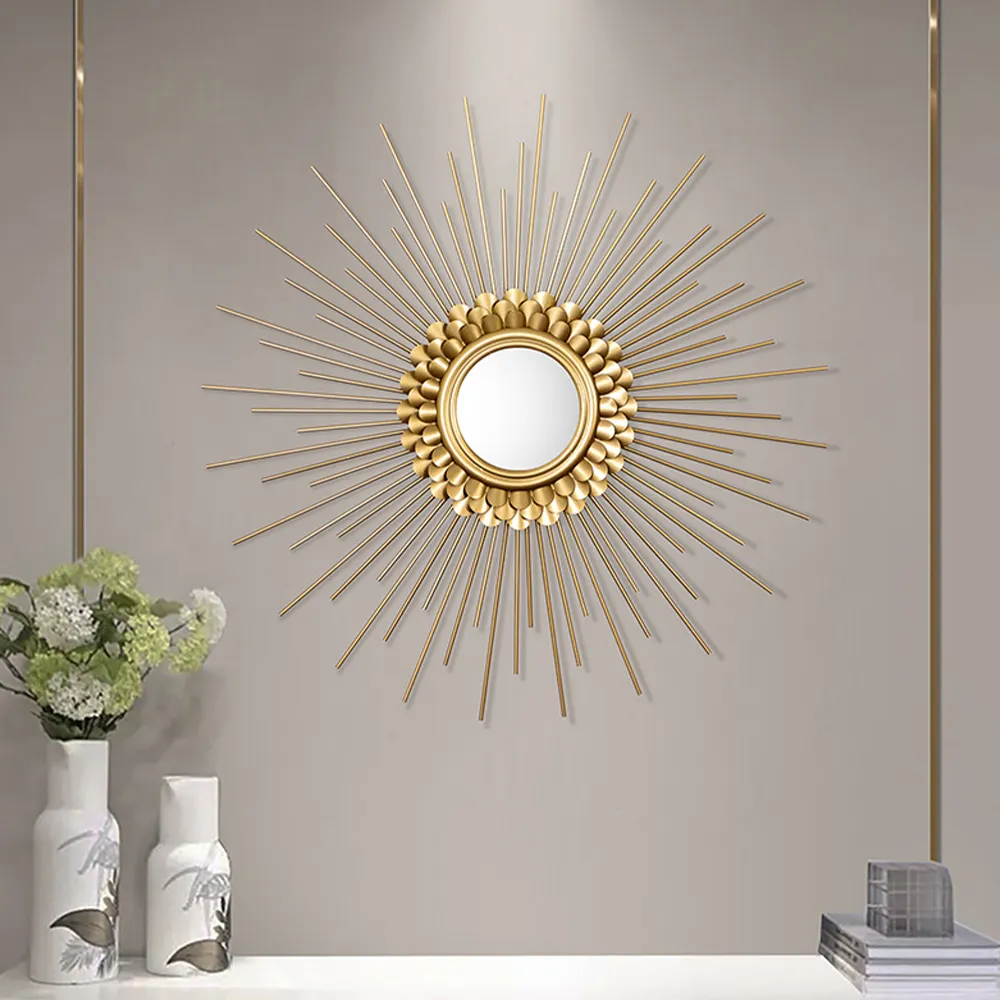
-
Bring in Indoor Plants:
Indoor plants purify the air and infuse positive energy. Choose healthy plants that align with your decor and intentions.
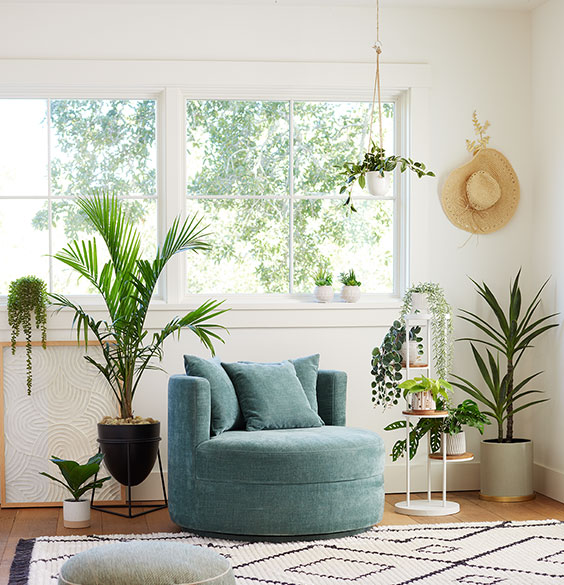
-
Mind Your Lighting:
Ensure good lighting with both natural and artificial sources. Well-lit spaces promote vibrant chi (energy).
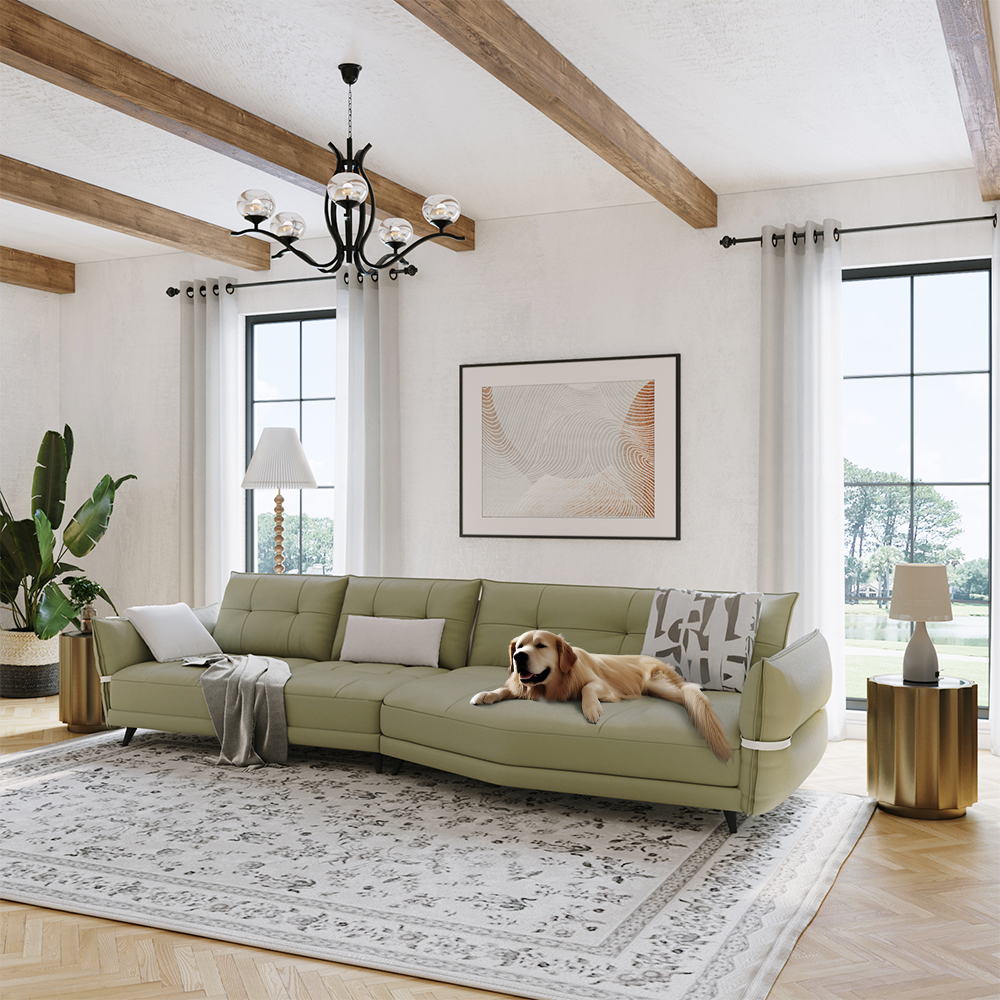
-
Personalize with Meaningful Symbols:
Decorate with symbols and artwork that hold personal significance, promoting positive energy.
-
Maintain Cleanliness:
Regularly clean and maintain your living room to prevent energy blockages caused by dust and dirt.
-
Keep Electronics Organized:
Conceal cords and organize electronic devices to reduce clutter and electromagnetic disruptions.
-
Invest in Comfortable Seating:
Comfortable and supportive seating encourages relaxation and positive interactions.
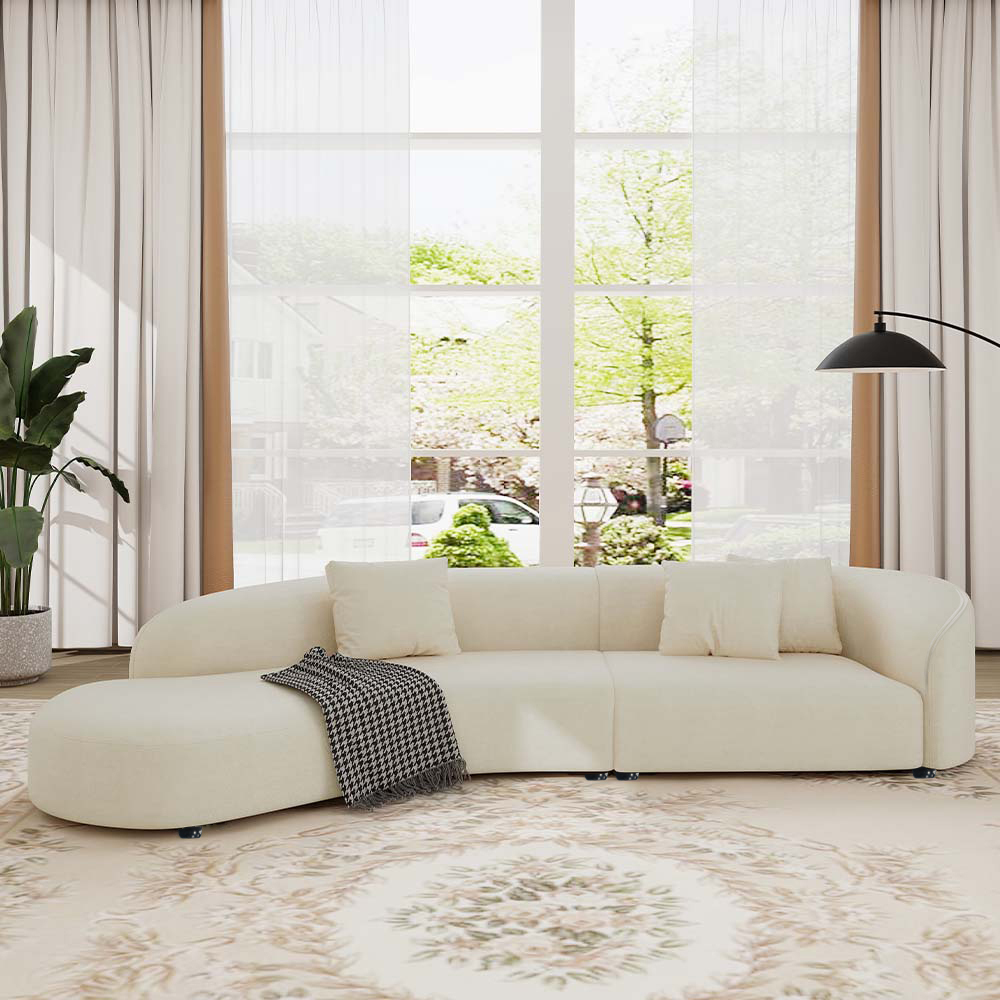
-
Create Clear Pathways:
Ensure there are clear and unobstructed pathways throughout the room to allow chi to flow freely.
-
Display Positive Artwork:
Surround yourself with uplifting artwork that resonates with your intentions and brings joy.
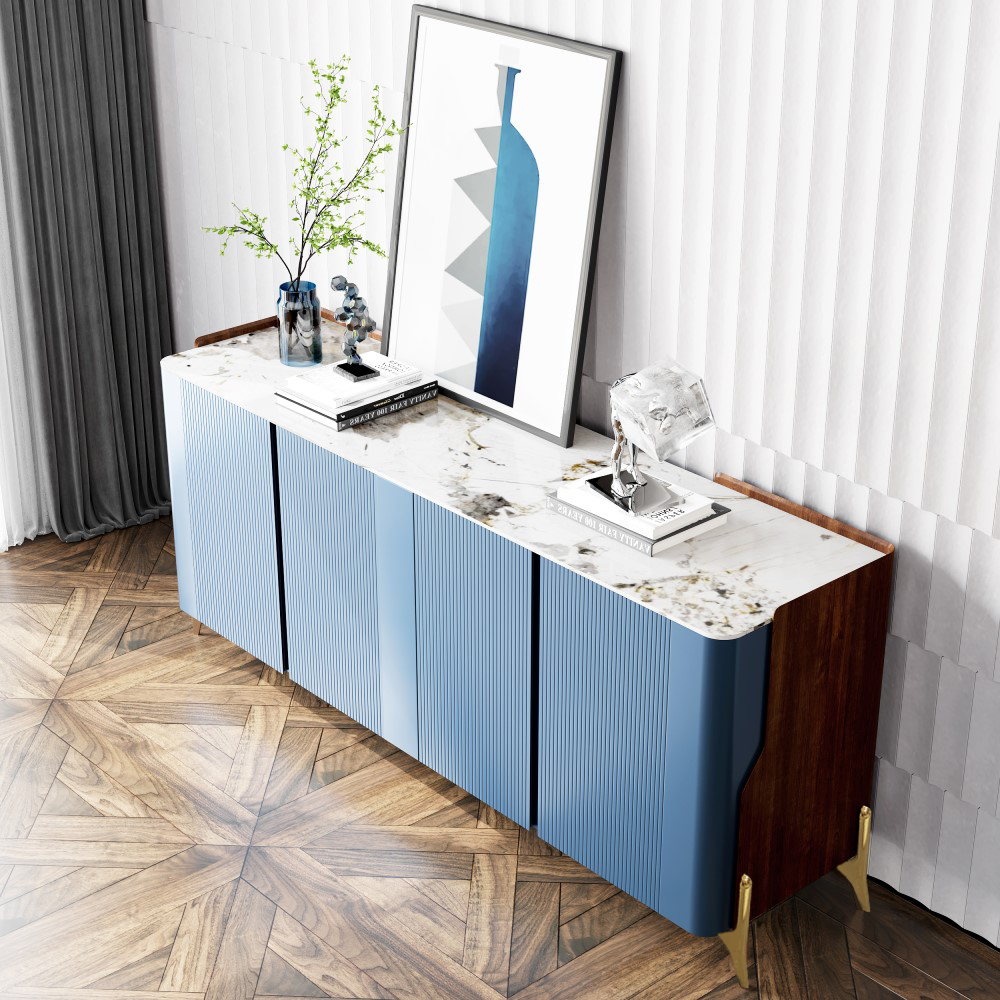
-
Incorporate Feng Shui Crystals:
Crystals can be used to enhance specific areas of your living room, depending on your goals and intentions.
-
Integrate Relaxation Areas:
Designate areas for relaxation and meditation to promote balance and serenity.
FAQs
-
Which direction should my couch face?
In general, the couch should be placed to face the focal point in the living room, e.g.: face to fireplace, TV, etc. According to feng shui,
- The couch should face southwards since it would get the most sunlight in a day.
- Besides, our couch should be placed in the “command position” where you should have a clear view of the room’s entrance while sitting on the couch.
- Avoid positioning it in a way that blocks pathways or creates obstacles in the room.
- Based on Bagua map, a Feng Shui tool that divides your living space into different zones, each associated with specific life areas. Depending on your goals, you might place your couch in a zone that corresponds to your intentions. For example, if you want to enhance relationships, place it in the Love and Relationships area (usually the far right corner from the entrance).
- Sofas should not go under ceiling beams which means bad luck and a burden that is weighing you down.
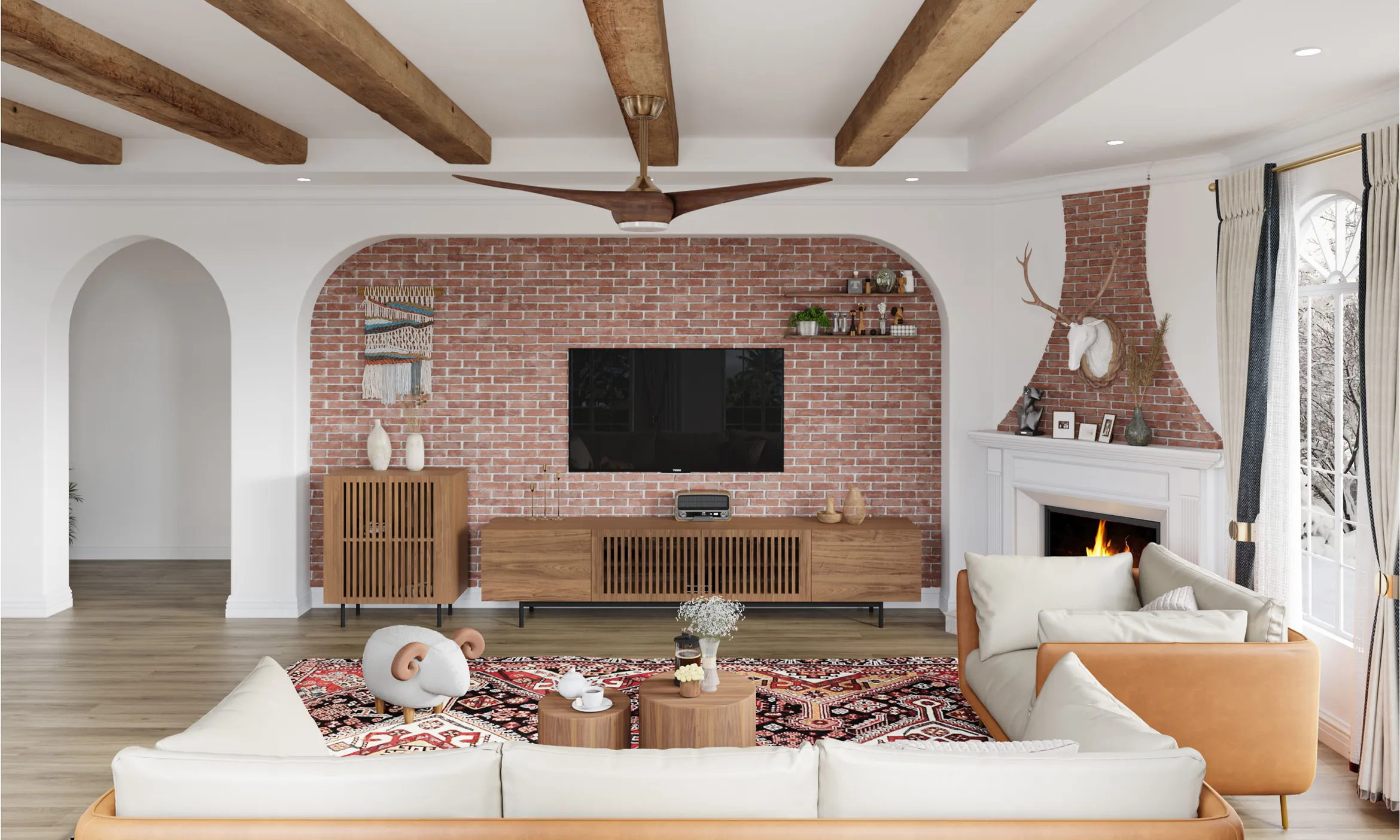
-
Where should my TV be placed Feng Shui?
Beside considering the distance between the TV and seating, the placement of the TV above the media console should align with your comfort and how you use the space. Feng shui principles aim to enhance your well-being, so select a location that offers comfort and aligns with your daily activities.
If you’re using the Bagua map, place the TV in a zone that aligns with your intentions for the living room. For example, if you want to focus on career goals, you might place it in the Career area. If possible, consider concealing the TV when it’s not in use. This can be done with cabinet doors or decorative screens. Concealing the TV when not in use helps reduce its visual impact and promotes a more peaceful atmosphere.
-
What is the best color for living room Feng Shui?
In Feng Shui, the best color for a living room can depend on your specific goals, the room’s location, and your personal preferences. Different colors are associated with various elements and energies in Feng Shui. Here are some general guidelines:
- Neutral Colors: Designers often recommend neutral colors like beige, light gray, and soft white as a versatile base color for the living room because they establish a neutral backdrop that blends seamlessly with other colors and elements.
- Earth Tones: Earthy colors like terracotta, warm browns, and sandy tones are associated with stability, grounding, and nourishment. They are suitable for creating a cozy and welcoming atmosphere.
- Soft Blues and Greens: Soft blues and greens represent the water element, which symbolizes flow, calmness, and flexibility. These colors can be used in areas where relaxation and tranquility are desired.
- Red: Red is a powerful color that symbolizes passion and energy. It can be used in moderation to add vibrancy and excitement to the living room. However, excessive use of red can be overwhelming, so use it thoughtfully.
- Yellow and Gold: Yellow and gold, associated with the fire element, symbolize warmth, illumination, and optimism. They can be used to create a cheerful and lively ambiance.
- Metallic Colors: Metallic colors like silver and gold, which link to the metal element, can enhance the living room with elegance and refinement, making them a common choice for accents and decor.
- Balancing Colors: The Bagua map can help you determine which colors are best for specific areas of the living room. For example, the southeast area corresponds to wealth and abundance, making it suitable for green or purple accents.